The Importance of Exercise for Cancer Patients: What You Need to Know
ACSM recommends to cancer patients to aim for 150 minutes per week of moderate aerobic exercise with an additional two to three sessions of strength training.
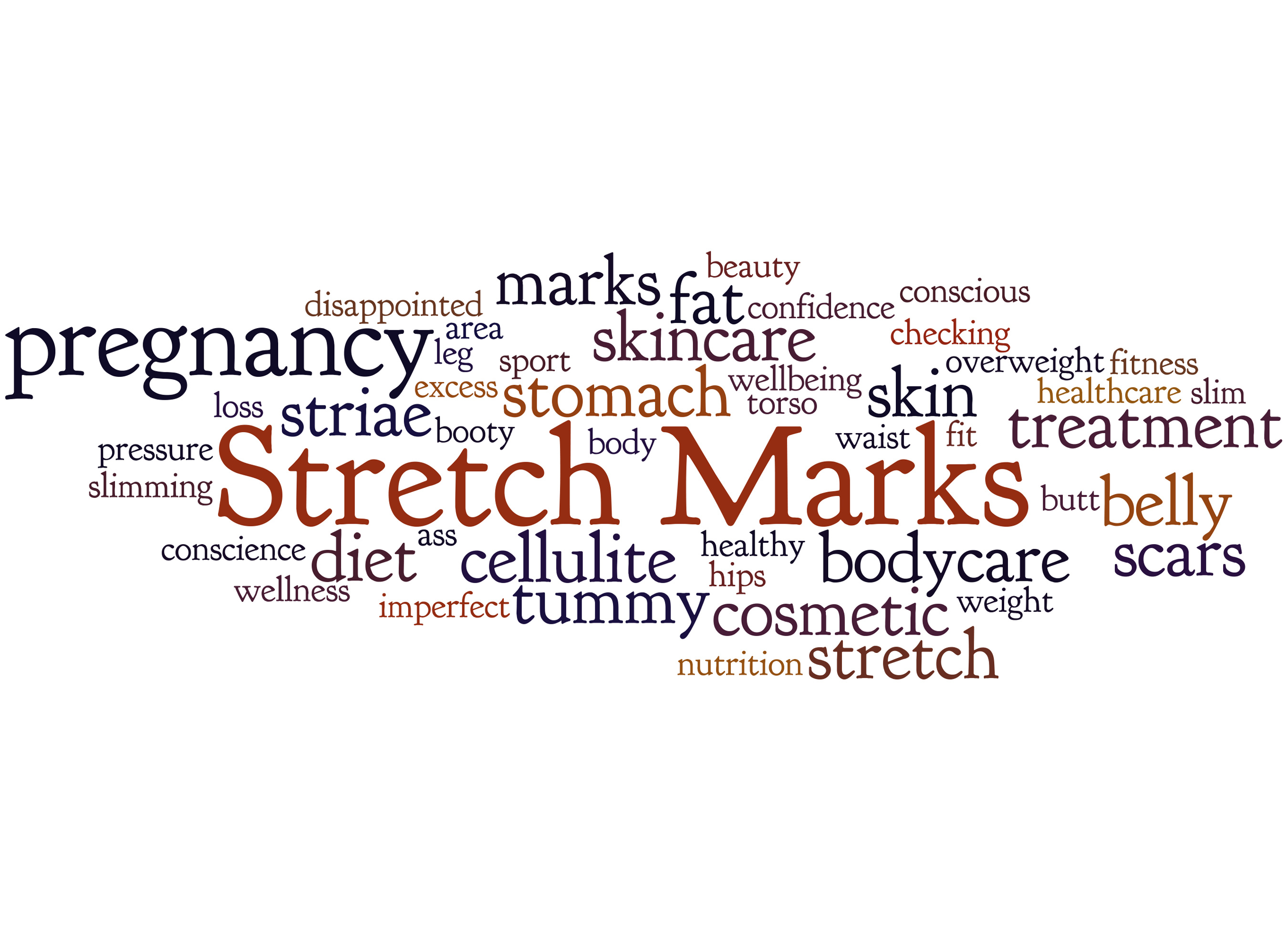
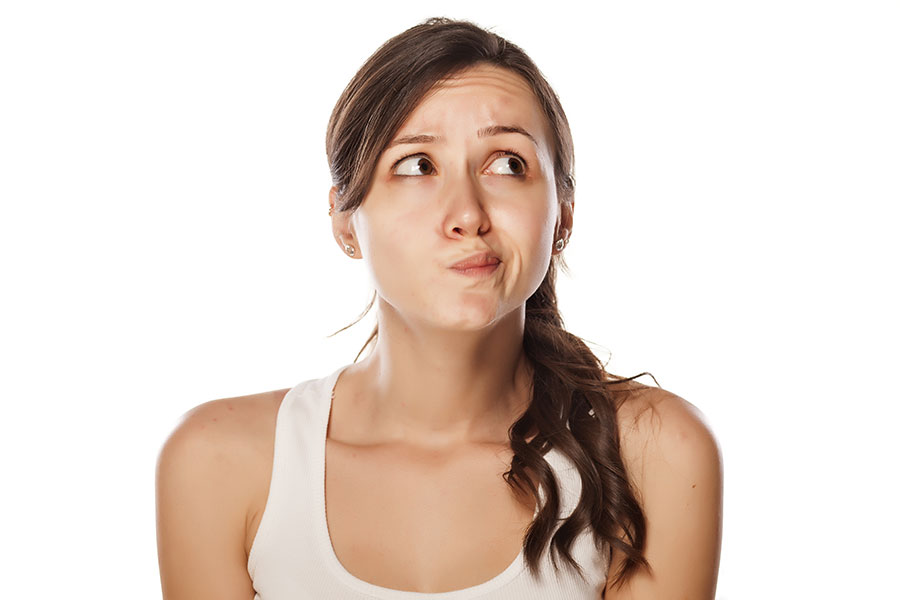
What is a stretch mark?
For those unaware, stretch marks are long, narrow stripes on the body, normally occurring as a result of overstretched skin. They are typically a lighter shade than your skin color and are extremely common – but for many, they are still extremely unpleasant.
While stretch marks don’t themselves pose a health risk, they can act as a source of cosmetic frustration for men and women alike.
Let’s discuss what causes these pesky little lines.

The Causes
Stretch marks are “more likely to develop and become more severe where there are high levels of circulating cortisone, or when cortisone is applied to the skin. Cortisol, the stress hormone produced by the adrenal glands, is converted into cortisone. This weakens elastic fibers in the skin.”1
The Solution
There have been some investigations into the benefits of certain creams, oils, and topical solutions. However, there is no high-quality5 evidence that they do much to treat or prevent stretch marks. There are a few natural things you could do that may help prevent the marks from occurring, but they are not guaranteed.
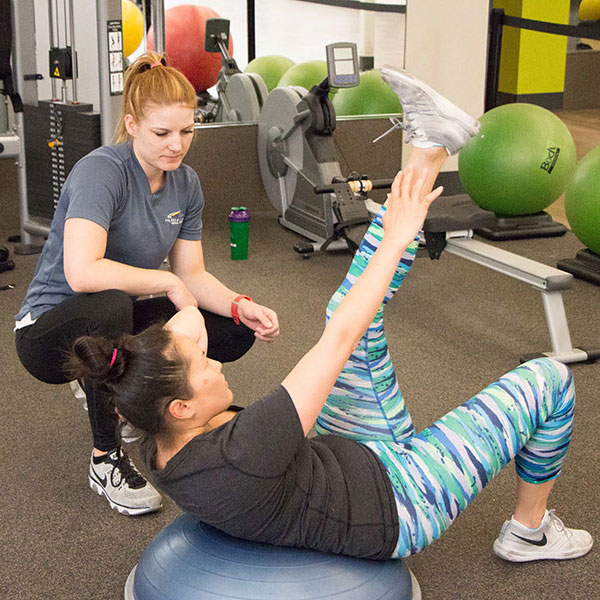
Try to maintain a healthy weight. This decreases your chance at rapid stretching of the skin, which may help prevent the marks from suddenly sneaking up on you.

According to Medical News Today, eating a balanced diet that’s rich in vitamins and minerals can help support the skin.6 Especially important are vitamins A and C, along with zinc and silicon minerals.

During pregnancy, aim for a slow and gradual weight gain over the 9-month period to avoid rapid stretching of the skin.

Try drinking six to eight glasses of water a day7 to keep the body well-hydrated.
!! FYI – Exercise and Stretch Marks
If you’re looking to bulk up, be careful not to do it too quickly. Try using lighter weights and higher reps to gradually build muscle without putting your skin at risk.8
What’s Really Important
Stretch marks are natural, and you shouldn’t feel ashamed of them. If they are bothersome, talk to your doctor and ask what he/she suggests.

This article should not replace any exercise program or restrictions, any dietary supplements or restrictions, or any other medical recommendations from your primary care physician. Before starting any exercise program or diet, make sure it is approved by your doctor.
ACSM recommends to cancer patients to aim for 150 minutes per week of moderate aerobic exercise with an additional two to three sessions of strength training.
Interested in a little friendly competition? Then it’s time to sign up for LA Fitness Group Leagues. Invite a friend to compete in basketball, racquetball, or volleyball today!
Achieve 6-pack abs this summer by following these 30 simple-to-follow ideas that will have you ready for the beach in no time!
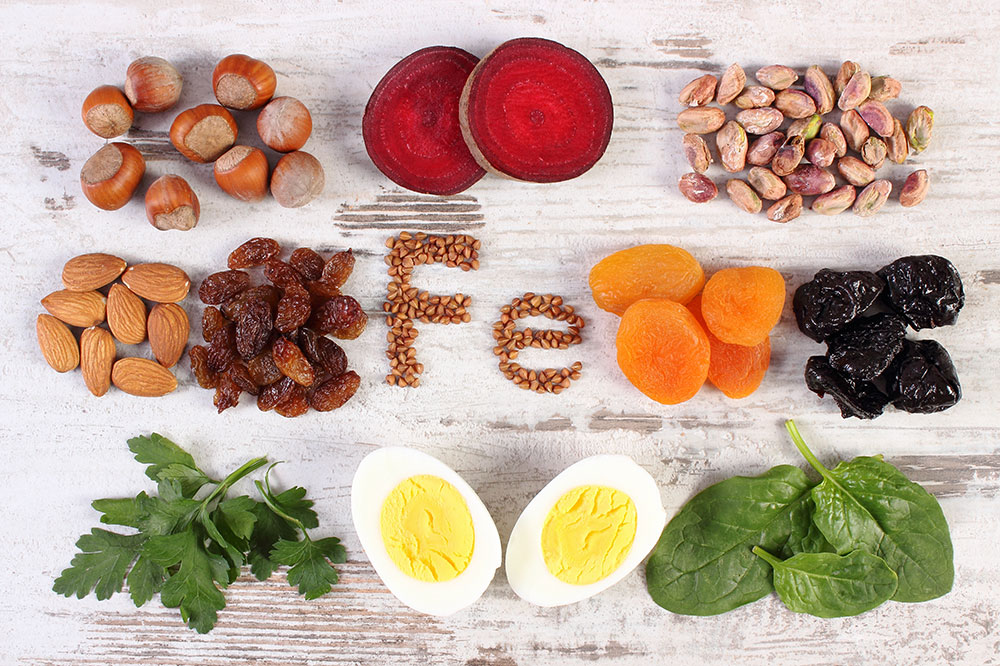
Iron’s Role in the Body
The main function of iron is to carry oxygen in the blood to every cell in the body.
Common Symptoms of Iron Deficiency1
What causes Iron Deficiency?
When your body lacks iron, it cannot produce enough of the oxygen-carrying red blood cells needed to maintain a healthy body. When the body lacks the proper amount of these cells, it can result in anemia, which can cause the body to feel tired and weary.
Iron-Rich Foods
Some iron-rich foods include, but are not limited to3:
The Two Types of Iron
Heme Iron – This type of iron is derived from animal sources, whereas
Non-heme Iron – Is derived from plant sources.
Proper Iron Levels
The normal hemoglobin range is generally defined as 13.5 to 17.5 grams (g) of hemoglobin per deciliter (dL) of blood for men and 12.0 to 15.5 g/dL for women. The normal ranges for children vary depending on the child’s age and gender.4
Exercise & Anemia
While some men and women who exercise at a vigorous level may be more prone to developing anemia (due to level of fitness and intensity), exercise can generally IMPROVE the distribution of red blood cells in the body and help fight off the symptoms of anemia.
Stay healthy at LA Fitness, find a club near you by clicking here.
This article is not meant to be construed as medical device. Consult with your doctor before engaging in a new fitness or nutritional regime. If you suspect you or a loved one is iron deficient, consult with your physician to discuss proper care and treatment.
Sources:
ACSM recommends to cancer patients to aim for 150 minutes per week of moderate aerobic exercise with an additional two to three sessions of strength training.
Interested in a little friendly competition? Then it’s time to sign up for LA Fitness Group Leagues. Invite a friend to compete in basketball, racquetball, or volleyball today!
Achieve 6-pack abs this summer by following these 30 simple-to-follow ideas that will have you ready for the beach in no time!

New to the gym or just unsure where to begin? We speak with Pro Results® trainer Kayla V. who helps answer the age old question – does strength training or cardio come first?
**Selected submissions will be featured on the LA Fitness blog and possibly other LA Fitness digital media entities & websites. By making a submission, you hereby grant LA Fitness a non-exclusive, perpetual, worldwide, irrevocable license to use and make copies of the contents of such submission for any purpose and in any medium whatsoever, and you hereby waive and relinquish any copyright or other intellectual property right you may have in the contents of such submission and your right to pursue any claim for LA Fitness’s violation of those intellectual property rights.
On this episode of ‘Ask A Trainer’ we speak with LA Fitness Pro Results® trainer Morgan C., and get her expert advice on how to properly maintain muscle mass.
On this episode of ‘Ask A Trainer’ we speak with LA Fitness Pro Results® trainer Morgan C., and get her expert advice on which machines offer a full body workout.
On this episode of ‘Ask A Trainer’ we speak with LA Fitness Pro Results® trainer Morgan C., and get her expert advice on whether or not strength training or cardio should come first when it comes to weight loss.

Much like Goldilocks trying to find the perfect temperature of porridge, many of us struggle with finding just the right temperature of water to use. Those temperatures often vary from activity to activity. While some people enjoy hot showers, others prefer cold ones. Some wash their fruits and veggies in lukewarm water, while others use cold water. It bids the question – are there certain water temperatures we should be using for certain tasks? We did the research.
Never second-guess water temperatures again. Check out the following activities and corresponding recommended water temperatures.
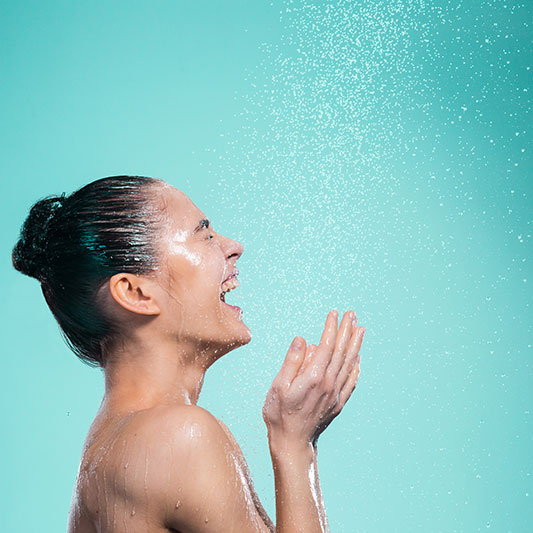
Showering + Washing Your Hair
Who doesn’t love a nice hot shower, with the steamy warmth of water cascading over you and warming you up from head-to-toe? The trouble is that hot showers (anything above 99 degrees1) can dry out your skin and leave your hair feeling brittle! The hot water can also strip your skin of natural oils and may trigger inflammation2. The solution to this isn’t necessarily to opt for a cold shower either. In fact, anything below the average temperature of 96 degrees can harness negative effects of its own. This means that you’re left with a healthy, happy, medium – warm, with a cold rinse at the end of your shower3, which is what you should aim for.

Drinking Water
Over the years, there has been quite a debate over whether it’s best to drink room temperature water or cold water. Well, the fact of the matter is, each side has its benefits. Here’s why:
Benefits of Drinking Warm Water
Benefits of Drinking Cold Water

Washing the Dishes
The hotter, the better! The water temperature should be uncomfortable for bare hands (invest in some rubber gloves to protect your hands when washing). Ideally, the water temperature should be at 110 degrees Fahrenheit11 to help kill bacteria and assist in cutting through tough built up grease.
Dishwasher Temperature
According to GE Appliances, “Water entering the dishwasher must be at least 120 degrees Fahrenheit and not more than 150 degrees Fahrenheit for the best cleaning and to prevent damage to the dishes.”12

Bathing Your Baby + Washing Your Dog
When you have something as precious as a newborn baby, you want to do everything in your power to take care of it. So, when it comes to bath time, what temperature is just right? According to an article put out by the Mayo Clinic, they suggest aiming for bath water around 100 F (38 C) and ensuring the room is comfortably warm too.13
Does this mean man’s best friend should be bathed in the same temperature water too? Pets are sensitive to hot and cold water, so to avoid the shock value, keep the water temperature at a lukewarm level.14 This will help ensure a comfortable experience for them and may even increase the effectiveness of the shampoo.15

Brushing Your Teeth
Cold water seems like the preferred way to go, but if you have sensitive teeth, lukewarm water may help with that. This one is really up to personal preference, so go for what feels most comfortable to you! However, Richard H. Price, a spokesman for the American Dental Association, did warn about water being too warm, potentially softening toothbrush bristles.16

Watering Plants
Have you ever thought the reason your outdoor and indoor houseplants kept dying was simply that you were born without a green thumb? Think again. Premature plant death is often caused by over-watering, but when you do need to water your plants, what temperature should the water be? Try allowing the water to reach room temperature before watering your greens.17
!! TIP: “Allowing tap water to warm up to room temperature also allows water additives to evaporate or settle out in the water. These additives can cause the browning of plant leaf tips. The prolonged use of water from a softener usually results in poor plant growth.”18
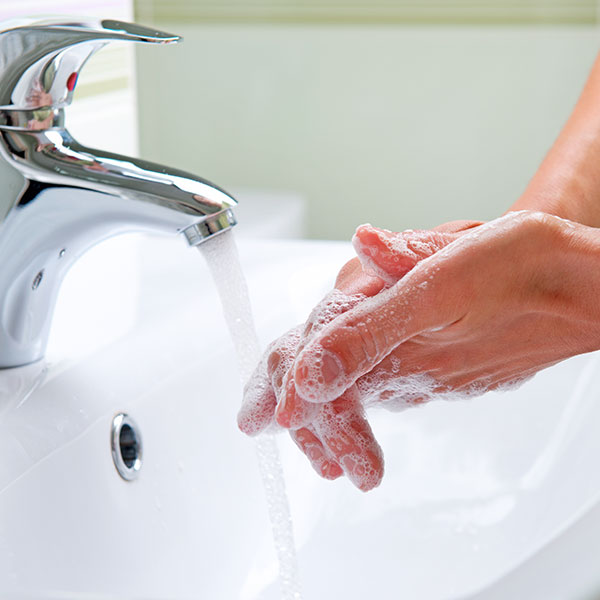
Washing Your Hands
Administration guidelines for food and restaurant establishments recommend that plumbing systems should deliver water at 100 degrees Fahrenheit. However, in a recent article published in Time Magazine, researchers at Rutgers University “found no significant difference in cleaning power between water that was 60, 79 or 100 degrees Fahrenheit.”19 The real takeaway here is to make sure to always wash your hands!

Washing Clothes
Hot water is best left for whites and heavily dirtied clothes, but a word for the wise: hot water may shrink, fade and even damage some fabrics.20 Make sure that you’re reading fabric labels to ensure you won’t be ruining the clothing.
Warm water is best when washing knits, jeans, and other man-made fibers.21 Most clothes can be washed in warm water (roughly 90 degrees Fahrenheit) without significant shrinking or fading occurring.
As for cold water washing, leave that for dark, bright colors, and delicates.22 However, when washing with cold water you may need to pre-treat or pre-soak clothes if they are heavily soiled.
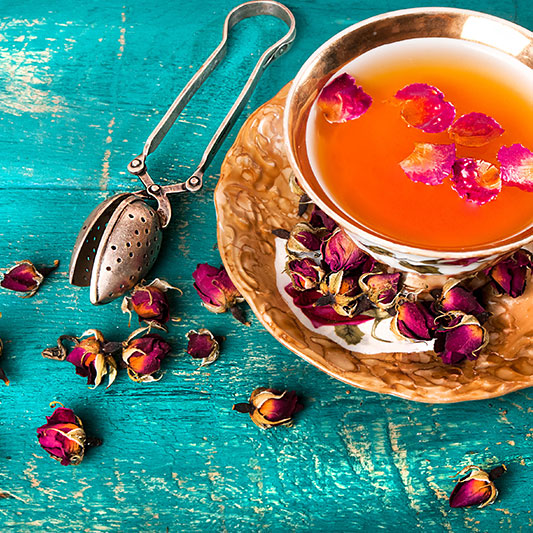
Brewing Teas
White Tea
White tea should be brewed at a low temperature, so as not to burn the tea leaves. A helpful tip would be to use water once tiny bubbles have formed on the bottom of the pan.23
Green Teas
Much like white tea, it’s best to brew green teas at a lower temperature as well. This can help prevent a bitter or grassy flavor from overpowering your tea.24 A tip offered by The Spruce online suggests waiting until tiny bubbles have formed on the bottom of the pot and begin rising to the surface of the pot.
Oolong Tea
Time to turn up the heat. For oolong tea, a higher temperature will not damage the tea. It’s suggested that brewing between 190 to 200 degrees Fahrenheit is the sweet spot.25 Bubbles should be slightly larger in size as opposed to brewing white or green tea, with a good amount of steam escaping the pot.
Black Tea
Depending on the type of black tea you are drinking, either moderate and high temperate water may be used. For more delicate black teas, brew as you would an oolong. For heavier black teas, it is fine to bring the temperature up to just under a boil.26 You will notice large bubbles and plenty of steam.
Pu-erh Tea
Boil, baby, boil! It’s suggested that pu-erh tea should be brewed with fully boiling water.
Herbal
Depending on the plants being used, the water temperature for brewing herbal tea varies widely.27 Check what’s best for your specific herbal tea in order to yield best results.

Brewing Coffee + Espresso
Straight from the National Coffee Association themselves, your brewer should maintain a water temperature between 195 to 205 degrees Fahrenheit for optimal extraction.” Cold water can result in under-extracted coffee, which may cause the coffee to taste flat. On the other hand, brewing too hot can impact the quality taste of the coffee.28
As for brewing that special shot of espresso, there are multiple claims that various temperatures are “best” for securing that perfect espresso shot. There doesn’t seem to be enough evidence to prove one temperature outshines another, so go rogue, espresso lovers of the world.
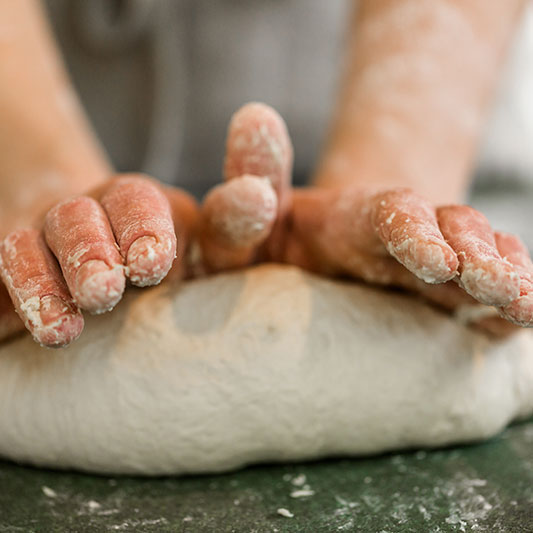
Cooking
Baking Bread
Time to bake the bread before you start breaking it. When activating the yeast for the bread, make sure that it is done so in 120 to 130 degree Fahrenheit water. Anything over 130 degrees can kill the yeast, and anything lower than 120 degrees can make the dough hard to work with.28
Thawing Meats
According to the United States Department of Agriculture, cold water thawing is a completely acceptable way to thaw meat as long as you follow a few safety guidelines. Completely submerge the bag of meat in cold tap water, changing out the water every 30 minutes to keep it cold and allowing the meat to continually thaw.29
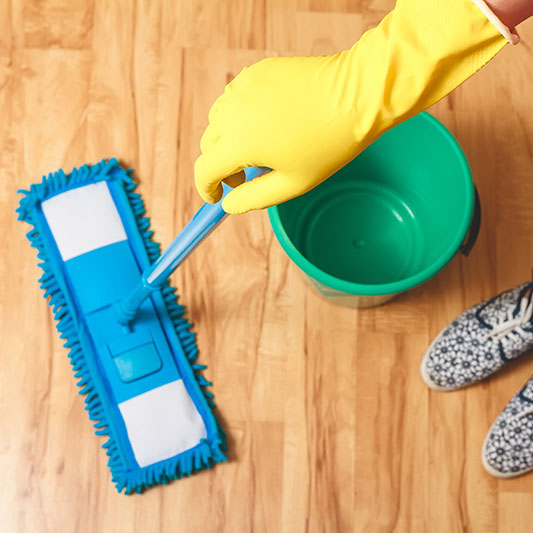
Mopping Floors
Cold water is said to work best for mopping floors, because cold water dries slower and evenly on the floor’s surface, which may help prevent smears and streaks from forming.30

Washing Produce
When washing fruits and veggies, the water should be no more than 10 degrees colder than the produce.31 As long as you make sure you’re scrubbing and sufficiently cleaning the produce in hand, tap water should be an efficient way to get produce clean and ready to prep/consume.
Sources:
ACSM recommends to cancer patients to aim for 150 minutes per week of moderate aerobic exercise with an additional two to three sessions of strength training.
Interested in a little friendly competition? Then it’s time to sign up for LA Fitness Group Leagues. Invite a friend to compete in basketball, racquetball, or volleyball today!
Achieve 6-pack abs this summer by following these 30 simple-to-follow ideas that will have you ready for the beach in no time!
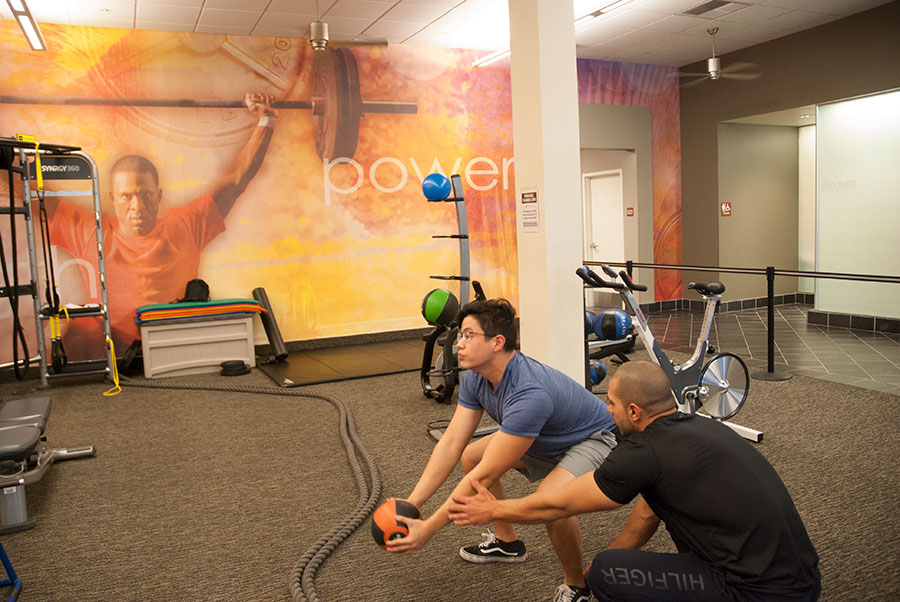
Do you have a fitness goal? Let us know here! To learn more about Commit to fit, click here.
Commit to Fit is a program designed to help members stick to their fitness goals. In fact, studies show, those who write down their goals accomplish significantly more than those who do not write their goals.* Share yours with us today in the Commit to Fit form below!** You may even be featured in a future Commit to Fit post. Shown below, are some of our most recent members who have committed to their fitness goals.

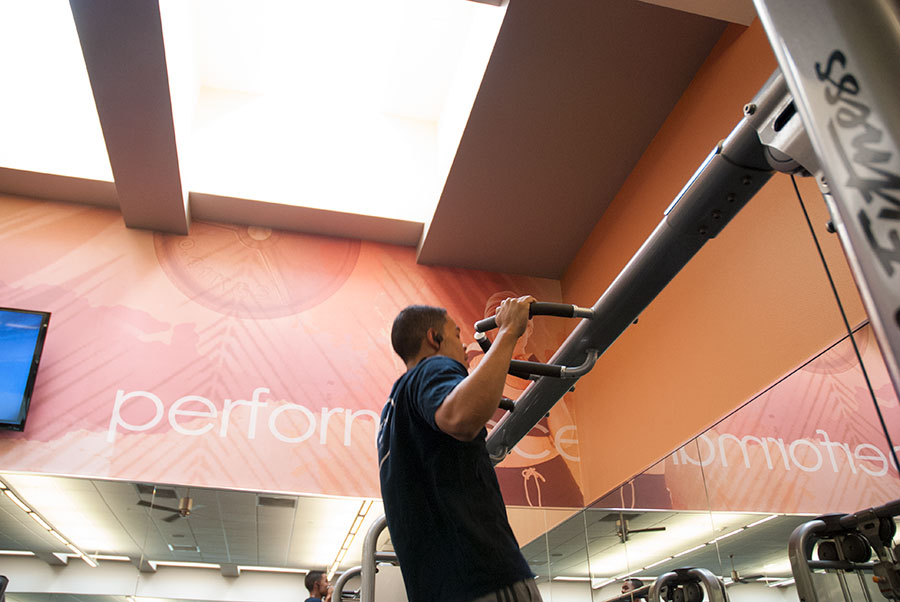
Derek W. (trainee) and Pro Results® trainer Mehdi E.
Paul W.
Derek is W. is committed to being healthy and fit. He is currently working out with Pro Results® personal trainer Mehdi E., who wants to help each of his clients reach the best shape of their lives. Keep it up guys!
Paul W. is working towards getting stronger and eventually completing a marathon! Keep your goals in mind to help you progress!
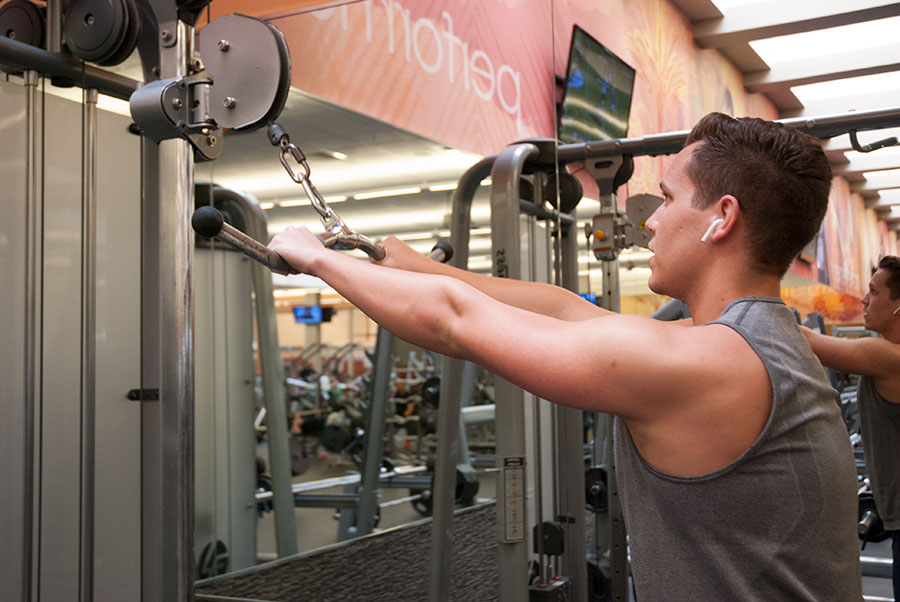
Tyler E.
Tyler E. is working towards gaining muscle, keeping lean and getting cut! We believe in you Tyler, keep going!

Q. N.
Sometimes a goal can be as simple as staying fit, and that’s exactly what keeps Q coming back to the gym!
*Goals Research Summary conducted by Dr. Gail Matthews of the Dominican University of California, statistics retrieved, September 9, 2016.
**Selected submissions will be featured on the LA Fitness blog and possibly other LA Fitness digital media entities & websites. By making a submission, you hereby grant LA Fitness a non-exclusive, perpetual, worldwide, irrevocable license to use and make copies of the contents of such submission for any purpose and in any medium whatsoever, and you hereby waive and relinquish any copyright or other intellectual property right you may have in the contents of such submission and your right to pursue any claim for LA Fitness’s violation of those intellectual property rights
Be the first to know about exclusive
content, deals and promotions